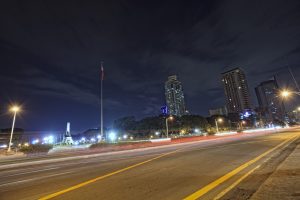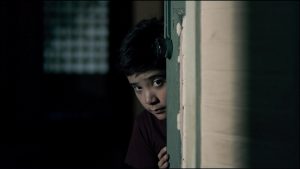Monuments and shrines in Metro-Manila are rich in the history of our ancestors. Each has their own story to tell about the feats of our local heroes against tyrants.
Next time you walk by one, take a closer look at the monuments and shrines. You’ll notice that the structure has a deeper meaning. The position of the body, the objects, the gender of the figurine, and the facial expression tell fascinating accounts. It is about people, places, and history that shape the Philippines of today.
Here are 7 of these monuments and shrines in Metro-Manila to include in your places to visit.
Rizal Monument
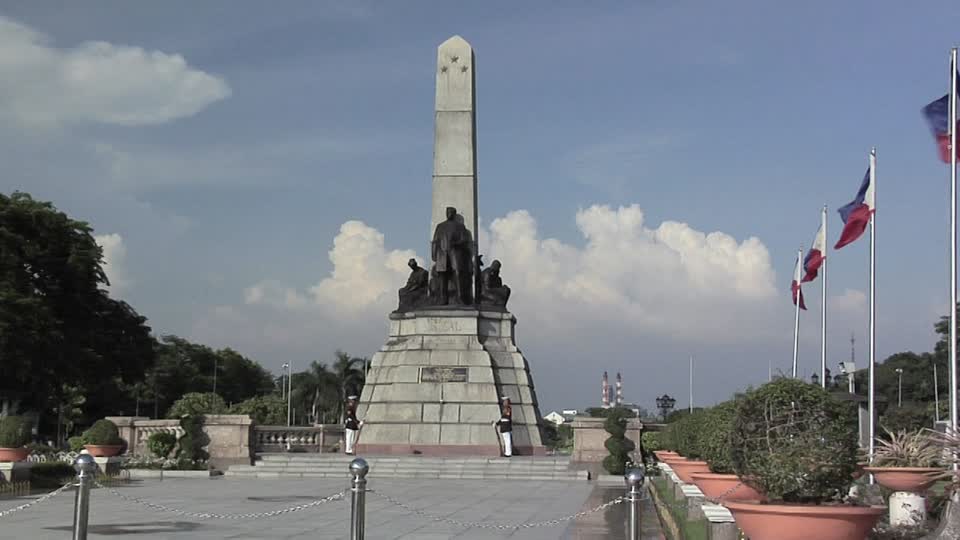
Location: Luneta Park in Manila
The monument was built to commemorate the heroics of Jose Rizal, a Filipino patriot, and martyr. A Spanish firing squad executed him at Bagumbayan on December 30, 1896. A bronze sculpture stands over a stone base that house Rizal’s remains.
A statue shows Rizal holding a book representing his novels Noli Me Tángere and El Filibusterismo. He fought the Spaniards’ oppression using the pen.
The three stars signify the three island groups; Luzon, Visayas, and Mindanao. Equally important are the leaves and pots which represent the natural resources. In addition, the statues of a mother and her child and two young boys reading imply family and education.
Bonifacio Monument

Location: Roundabout at the crossroad of Epifanio de Los Santos Avenue (EDSA), Macarthur Road, Samson Road, and Rizal Avenue
The monument recalls the heroics of the Filipinos led by Andres Bonifacio against the Spanish rule known as the “Cry of Pugad Lawin.” At the center is Bonifacio holding a machete on the right hand and a gun on the other.
Another key point is the presence of Emilio Jacinto, the brains of the Katipunan, and the three martyr priests, Gomez, Burgos, and Zamora known as the GOMBURZA.
Pinaglabanan Shrine
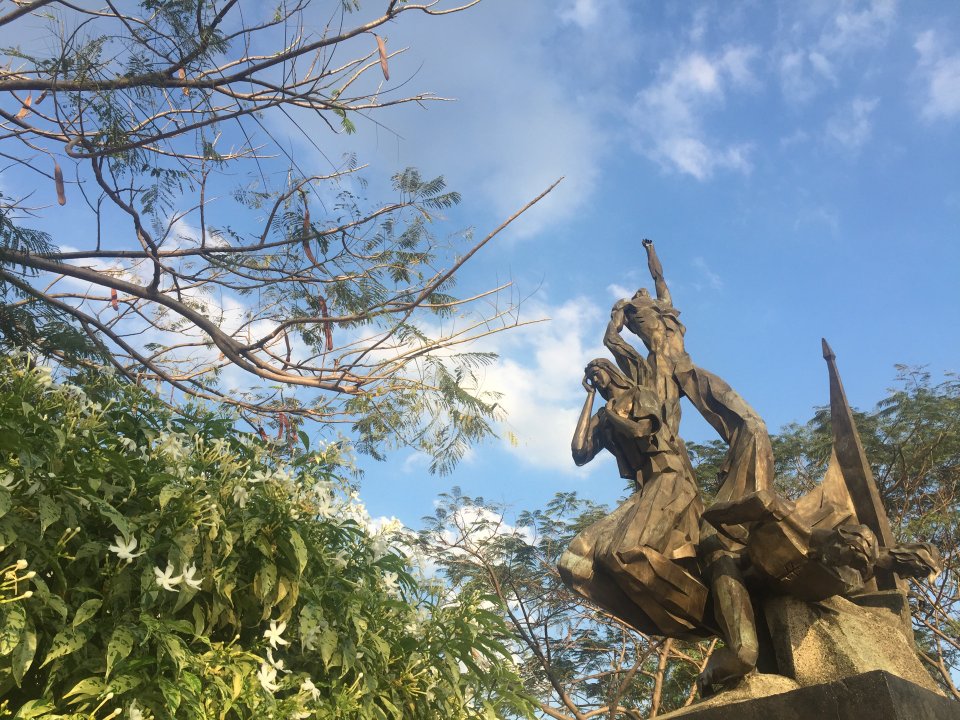
Pinaglabanan Shrine honors the Battle of San Juan del Monte, the first attempt of the Katipuneros to fight the Spanish regime. Andres Bonifacio and Emilio Jacinto led the force on August 1896. Although the battle was lost, it sent a warning to Spain that their rule will soon be over.
Prominent within the shrine is a woman supported by two children, holding a bolo. This shows the guts and courage of the Filipino people against tyrants.
Oblation in the University of the Philippines (U.P.)

Location: U.P. Diliman, Quezon City
A concrete statue of a fully nude young man painted in bronze. The arms and hands are open, eyes shut, and the head slanting to depict a selfless dedication and service to the nation.
The statue was put up at U.P. Manila in March 1939 and was moved to Diliman on February 1949. Originally, the statue was naked but there were ethics issues at that time. As a result, a fig leaf was added to cover the genitals.
EDSA Shrine

Location: EDSA corner Ortigas Avenue, Quezon City
The EDSA Shrine was built to honor the peaceful outcome of the People Power or EDSA Revolution of 1986. President Ferdinand R. Marcos was overthrown from power by a series of nonviolent protests. Over two million angry citizens took to the streets including military, religious, and political personalities.
It has a statue of Our Lady of Peace and two chapels where Catholic devotees can have a quiet time with the Lord.
Arch of the Centuries
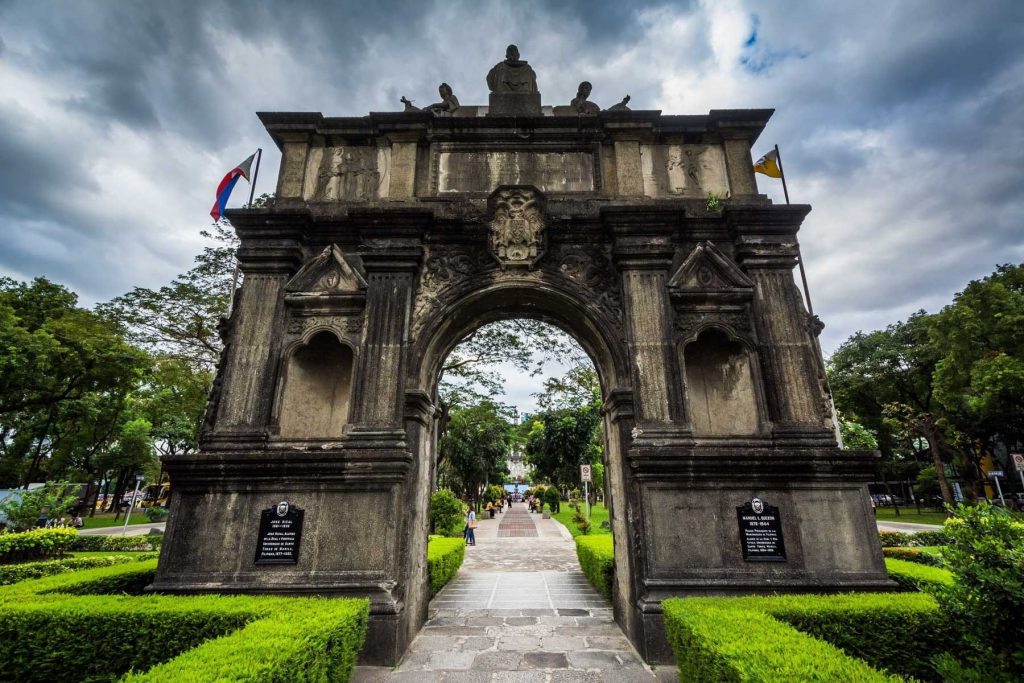
Location: University of Santo Tomas (U.S.T.), España Boulevard, Sampaloc, Manila
The Arch of the Centuries was first located at Intramuros in 1680 which was destroyed during World War II. After the war, UST transferred taking the remnants with them to their new home in Sampaloc. The edifice is a reconstruction of the original arch.
Well known alumnae who help shape Philippine’s history were Manuel L. Quezon and Jose P. Rizal.
There is an old superstition that says a student should not pass under the arch while studying. Only after graduation can he do so otherwise he will not complete his studies.
Ninoy Aquino Monument

Location: corner Ayala Avenue and Paseo de Roxas, Ayala, Makati
The Ninoy Aquino Monument honors the slain former senator and critic of the Marcos régime. His assassination in 1983 was the downfall of the dictator. The angry Filipinos displayed their protest on the streets demanding Marcos ouster.
By nature, Filipinos are peace-loving and friendly people but these ends when aggression begins. Push them to their limit and they will fight back. This is what our monuments and shrines are all about.
Sources:
https://faq.ph/famous-monuments-and-shrines-in-the-philippines-that-you-should-visit/



